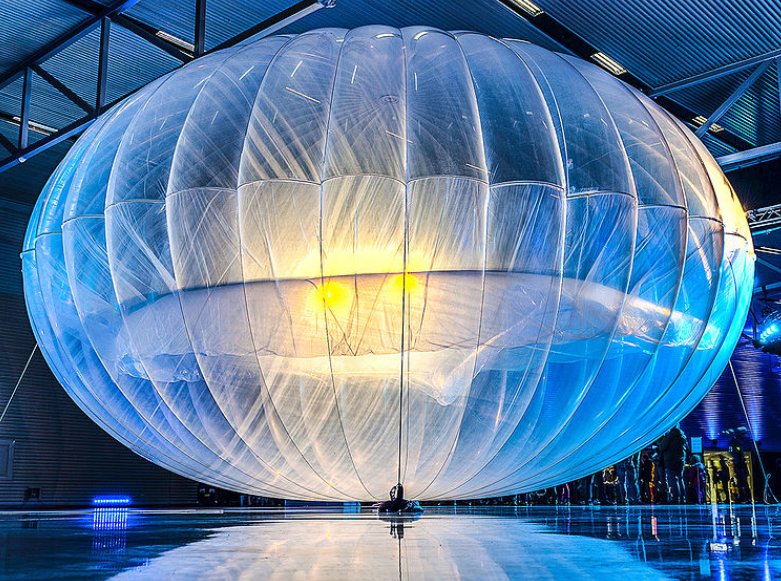Puerto Rico is still struggling in the aftermath of Hurricane Maria, with communications a particular problem. More than 90 per cent of the mobile phone masts on the island were downed by the storm, and as of 6 October, 83 per cent had not been restored.

To help address this problem, the Federal Communications Commission has granted Google’s parent company, Alphabet, a special experimental license to operate in Puerto Rico and the US Virgin Islands, allowing it to deploy high altitude helium balloons, developed by its subsidiary Project Loon, to deliver emergency cellular coverage to the stricken area, so that residents can contact family and friends and to help coordinate relief efforts.
Project Loon is one of what Google describes as its ‘moonshot efforts’. It uses helium balloons to act as high-altitude pseudo-satellites (HAPS), carrying equipment up to altitudes of 65,000ft (almost 20km) to receive mobile phone signals and relay them to the ground.
In recent trials, Project Loon’s equipment sent 65Gb of data across a region of Peru the area of Sweden; enough to send and receive 2million emails, according to the company. Google has not released how many balloons it will be using in Puerto Rico, but in a statement to the online publication Engadget, it said it is trying to team up with a local telecommunications company, as the airborne equipment needs to be integrated with equipment on the ground in order to work. Progress is being made on this front, it added.




Poll: Should the UK’s railways be renationalised?
If only the track is nationalised then it is an emasculated one with limited function and improvements will be focused on existing commuter and large...